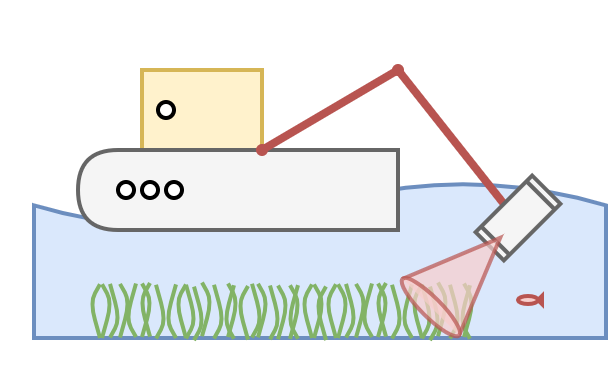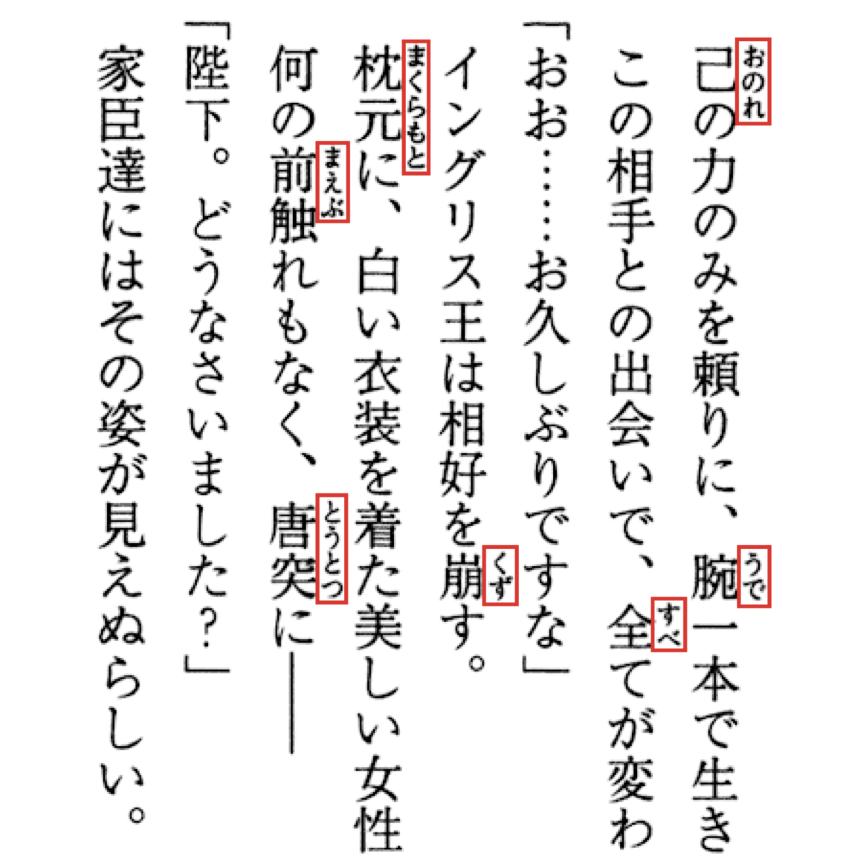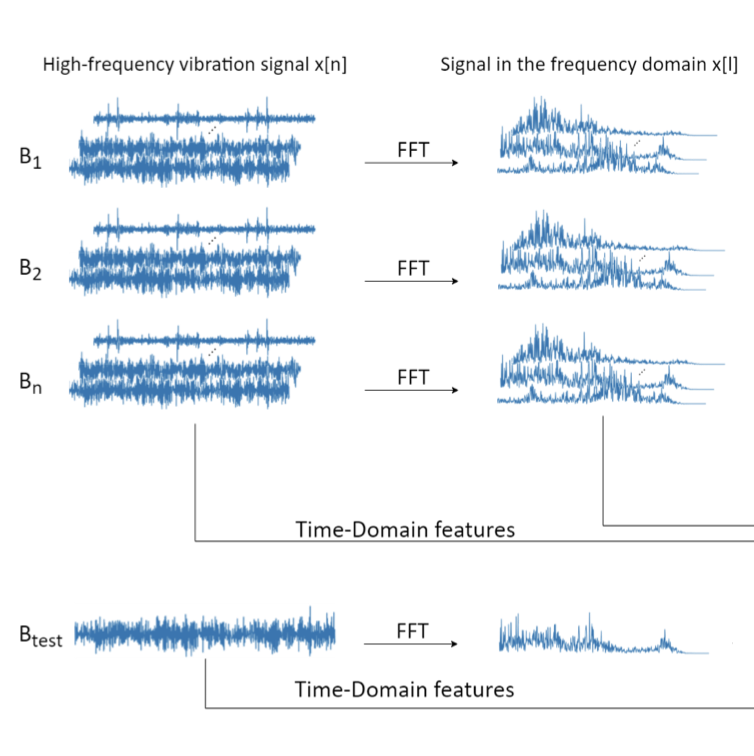Beyond medical imaging
Image processing and (weakly) supervised learning in other datasets
Underwater Vision: Exploring the Unseen Depths
While our primary focus is on advancing medical imaging technologies, the principles and techniques we develop have exciting applications beyond the medical field. Underwater vision is one such area where the challenges mirror those we face in medical imaging; limited data availability and the necessity for robust transfer learning approaches.
Underwater vision systems are crucial for exploring and monitoring marine environments, enabling us to study habitats, track biodiversity, and assess ecological impacts without physical intrusion. These systems rely on advanced image processing and machine learning techniques, similar to those used in medical diagnostics, to interpret the often murky and unpredictable underwater visuals.

Beyond Medical Imaging
Next to medical imaging occasionally lab members work on other types of data, with methods often at least partially inspired by (traditional) image processing and weakly-supervised learning techniques. Some projects include (not all are published yet):
- Aidan Stocks developed a method for improving the recognition performance of data matrix code lasered or pin-dotted on metal components
- Nikolaj Kjøller Bjerregaard developed a method for recognizing furigana in Japanese texts and comic books
- Jannik Elsässer did a project on recognizing sea grass in underwater images
- Patrick Wittendorff Abarzua Neira, Silas Roien Arildsen, Bertram Kosmo Hviid and Tobias Skovbæk Brund did a project on machine learning for sign language recognition
- Dovile did a project on predictive maintenance of ball bearings in the pharmaceutical industry
Credits
The cover image is by Becca Walthall from Noun Project (CC BY 3.0)
References
-
 arXiv preprint arXiv:2412.16147, 2024
arXiv preprint arXiv:2412.16147, 2024 -

-
 arXiv preprint arXiv:2203.03259, 2022
arXiv preprint arXiv:2203.03259, 2022